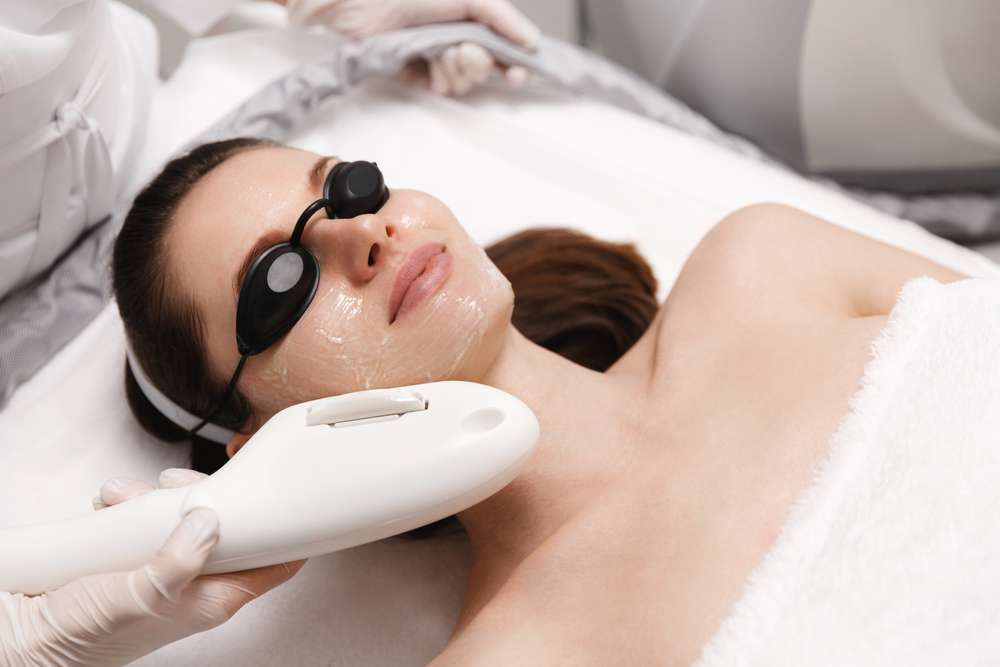Modern Laser Skin Rejuvenation: A Complete Guide
Discover how modern laser skin treatment can refresh and restore your complexion. This guide explains different laser types, expected benefits, preparation and recovery steps, cost ranges, and safety considerations. Learn how laser rejuvenation treats wrinkles, acne scars, pigmentation, and more while stimulating collagen for long-lasting improvement.

Common laser types and how they work
Laser therapies for skin rejuvenation vary in intensity and technique, so choosing the right option depends on your goals and skin type. Ablative lasers remove the outermost layers of skin to produce dramatic resurfacing and are often used for deep wrinkles and significant texture concerns. Non-ablative lasers target deeper tissue without stripping the top layer, encouraging collagen remodeling with less downtime. Fractional lasers deliver energy in a grid of microscopic columns, treating portions of the skin while leaving surrounding tissue intact to speed healing. Intense Pulsed Light, or IPL, is technically not a laser but uses broad-spectrum light to reduce redness, broken capillaries, and brown spots. Each modality offers unique trade-offs between efficacy and recovery time.
Benefits and realistic expectations
Laser treatments can simultaneously tackle several problems, including fine lines and wrinkles, uneven texture, acne scars, and hyperpigmentation. Results tend to appear gradually as the skin repairs itself and new collagen forms. Many people notice visible improvement within a few weeks, with more pronounced benefits becoming apparent over 3 to 6 months. The degree of change varies by treatment type: ablative procedures often yield the most substantial single-session improvements, while non-ablative and fractional approaches commonly require multiple sessions to reach similar results.
Planning your treatment: preparation tips
Proper preparation helps improve outcomes and reduce complications. Patients are usually advised to avoid excessive sun exposure and tanning in the weeks leading up to a procedure. Certain medications and topical agents, such as photosensitizing drugs and retinoids, may need to be paused according to your provider’s guidance. Discuss any history of cold sores, recent skin procedures, or medical conditions with your clinician so they can tailor pre-treatment steps and antiviral prophylaxis if necessary. A patch test or consultation can clarify expected sensitivity and potential pigmentary changes, particularly for darker skin tones.
What to expect during recovery
Recovery depends on the intensity of the selected treatment. Non-ablative lasers often cause minimal redness and swelling with little downtime, allowing most people to resume normal activities quickly. Fractional treatments have variable recovery periods, from a few days to a week. Ablative lasers are the most intensive, often requiring several weeks of healing and meticulous aftercare. Follow your provider’s instructions for wound care, sun avoidance, and gentle skincare to support healing and minimize risks. Proper sun protection and moisturization are critical while the skin is regenerating.
| Treatment Type | Average Cost Range | Number of Sessions |
|---|---|---|
| Non-ablative Laser | $300-$800 | 3-6 sessions |
| Ablative Laser | $2,000-$3,500 | 1-2 sessions |
| Fractional Laser | $900-$1,500 | 3-5 sessions |
| IPL Treatment | $400-$600 | 4-6 sessions |
Prices, rates, or cost estimates mentioned in this article are based on the latest available information but may change over time. Independent research is advised before making financial decisions.
Choosing a provider and understanding costs
Costs vary widely based on geographic location, practitioner experience, technology used, and how many sessions you need. Some treatments are priced per session while others are offered as package deals. A board-certified dermatologist or an experienced, licensed cosmetic professional will evaluate your skin, recommend an appropriate modality, and outline a realistic timeline and budget. Ask about before-and-after photos, complication rates, and what to expect for maintenance treatments.
Safety considerations and potential risks
When administered by trained professionals, laser procedures are generally safe, but side effects can occur. Common, temporary reactions include redness, swelling, tenderness, and heightened skin sensitivity. Rare but more serious complications include scarring, infection, and lasting pigment changes. The risk profile depends on the treatment intensity and individual factors such as skin type and medical history. Strict adherence to pre- and post-treatment instructions and choosing an experienced clinician reduce the likelihood of adverse outcomes.
Combining treatments and long-term maintenance
For many patients, lasers are most effective when incorporated into a broader skin-care plan. Combining treatments—such as adding topical therapies, chemical peels, or injectable procedures—can address multiple layers of aging and scarring. Maintenance sessions spaced months or years apart may be recommended to preserve results, along with a daily regimen of sunscreen, antioxidant serums, and retinoids as appropriate. Regular follow-up visits help fine-tune care and address any new concerns early.
Final thoughts
Advances in laser technology have expanded options for treating aging skin, pigment issues, and scarring, offering tailored choices for different needs and recovery tolerances. Success depends on proper candidate selection, an appropriate treatment plan devised by a qualified provider, and careful aftercare. If you are considering laser rejuvenation, schedule a consultation to review your goals, expected outcomes, and the most suitable approach for your skin.
This article is for informational purposes only and should not be considered medical advice. Please consult a qualified healthcare professional for personalized guidance and treatment.






